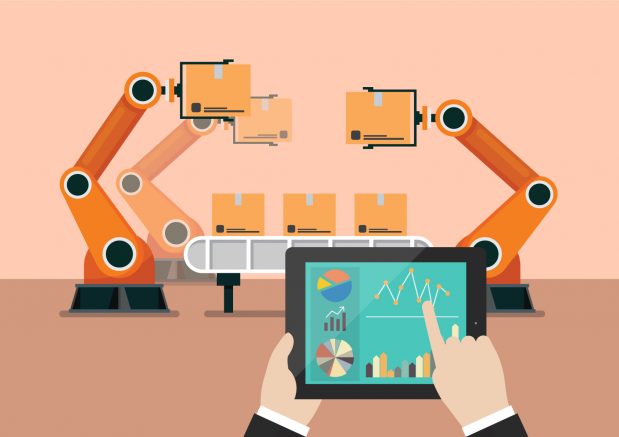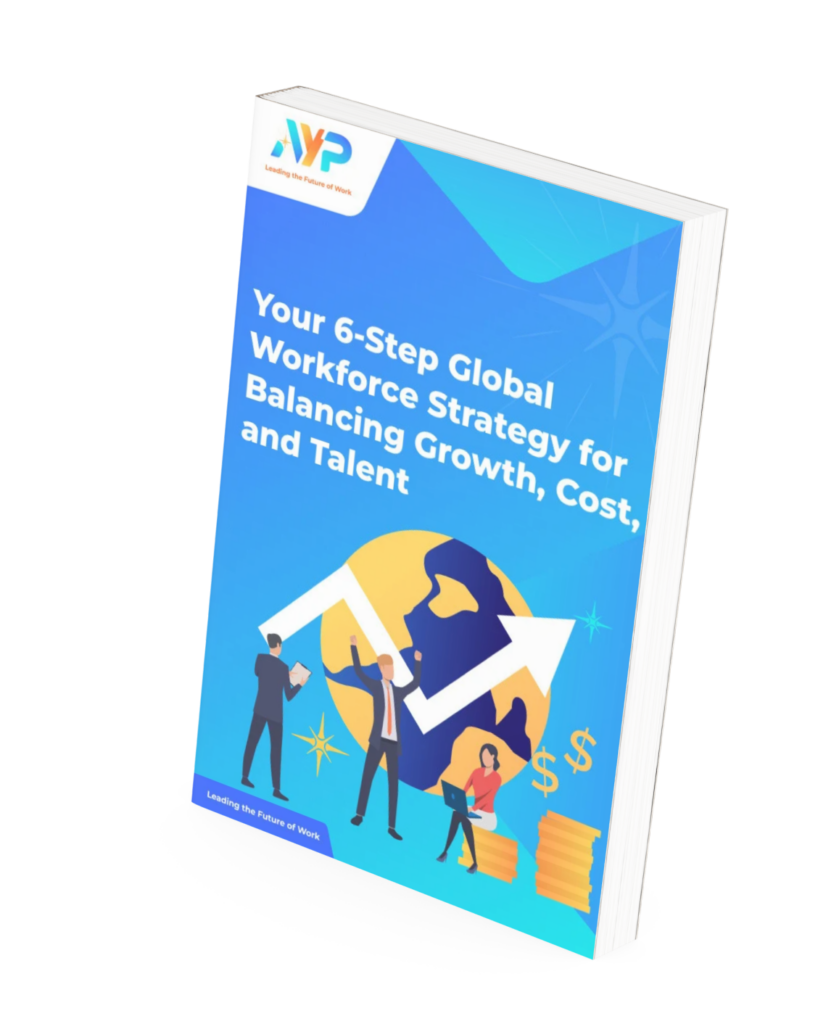In a traditionally on-site, hands-on industry, post-COVID changes don’t have to break productivity—they can boost it instead.
During the height of COVID-19’s impact on the world, the majority of industries shifted to remote operations where possible. Today, the pandemic may have subsided, but remote work is now the standard for all industries. For the manufacturing industry, this poses several challenges:
- How to carry out effective remote production and monitoring
- How to increase the independence of on-site teams and support them adequately
- How to obtain real-time data on performance issues and implement solutions
Here at AYP, we offer several valuable steps to hire a manufacturing team and maintain productivity from a distance.
Step 1: Pin Down Valuable Skillsets
Here’s the bad news: the high labour demand, combined with the significant skill gap may lead to 2.4 million unfulfilled manufacturing positions between 2018 and 2028. An additional problem is that highly-skilled workers will be less likely to take up work in an industry which doesn’t provide the benefits of remote working.
The good news is that certain skillsets can be translated to scalable, digital work. Start your hiring process by identifying these skills, and the countries or regions where you can find suitable employees. Additionally, make use of local programmes which offer grants or tax rebates for retraining and upskilling employees.
While an EOR can help hire and onboard your chosen candidates, a good PEO partner give you a leg up even before you start hiring; they’ll be well versed in the the advantages of regional job markets, and able to give you key insights on the local regulations and hiring environment.
Step 2: Implement Remote Working Policies
If your working policies have been written for traditional, on-site labour, it’s time for a refresh. 45% of manufacturing companies surveyed by KPMG indicated that they had already implemented standardised policies for remote work. An HR partner that regularly deals with remote work can provide the necessary expertise to update your company policies for the new normal.
Step 3: Support Local
No man is an island, and that applies to manufacturing companies too. When setting up a local entity for hiring purposes, your standard EOR and PEO can provide the basics. However, when it comes to establishing partnerships with other companies in your host country, only certain specialised PEOs have the necessary expertise to help bridge that gap.
Step 4: Make Use of Automated Workforce Planning & Management Tools
With multiple on-site and remote teams working in tandem, it can be difficult to properly plan your staffing needs and track productivity. While your EOR or PEO can perform these tasks, modern software leads the race in doing it quickly and seamlessly. A cloud-based service such as AYP Global Pay can perform a multitude of HR functions, including:
- Remote hiring and onboarding
- Clocking in and out on multiple devices
- Providing organisational data at a glance
- Regulation-compliant, automatic payroll generation
Step 5: Don’t Neglect Employee Engagement
In your efforts to secure the necessary tools and infrastructure, don’t forget to pay attention to the human side of your organisation: employee well-being and engagement.
Managers of remote working companies often mistakenly assume that productivity can simply be boosted with better technology or tools, but it’s the people that truly make the difference.
Here at AYP, we pride ourselves on being a people-focused PEO partner that’s familiar with the working culture of your remote teams.
Our experts are equipped to secure partnerships with local healthcare and benefits providers, adding the human touch to your organisation, even across the world.
Featured Content
1. I Believe in the Hybrid Work Model. Here’s Why (ft Lester Lim)



